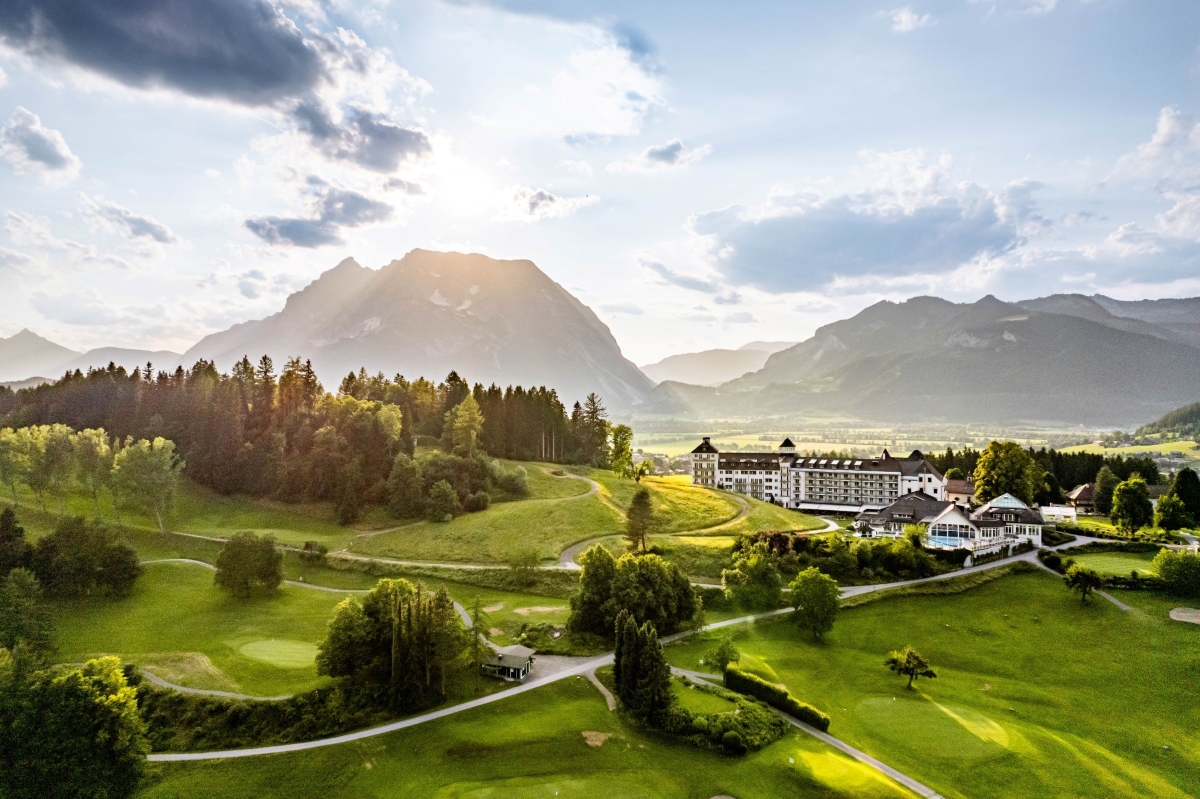
THE PLACE TO ENJOY
GOLF AT THE HIGHEST LEVEL
Part 2
The Golf & Country Club Schloss Pichlarn is currently undergoing a comprehensive redesign with the aim of becoming one of the best golf clubs in Austria and paving the way for a leading course.
Toni Ortner from our partner Olazabal Designthe internationally renowned golf architecture firm, told us in Part 1 of this interview in part 1 of this interview, Toni Ortner gave us interesting insights into the redesign of the Golf & Country Club Schloss Pichlarn and the architectural office of Olazabal Design. Find out more about his work at the IMLAUER Hotel Schloss Pichlarn golf resort and the new driving range.
Which projects have already been implemented by Olazabal Design in Austria in particular?
At the Eichenheim Golf Club in Kitzbühel, we have built two new holes (holes 2 and 11) and rebuilt another two (holes 1 and 10) in recent years. In addition, a new state-of-the-art driving range with Trackman® technology, a great short game area and a putting green were built. We are now doing the same in Pichlarn; more on this in a moment.
In 2023, we developed what is probably the most modern indoor training facility in Europe for the Austrian Golf Association, the “Performance & Competence Center” (PCC) in Fontana, and created a central hub for European golf, which was officially opened on March 5 this year. The “PCC” offers state-of-the-art, year-round training facilities as well as high-tech analysis tools and thus unprecedented opportunities for training management and player development. Facilities that will not only benefit players from all over Austria to develop the next stars of international golf, but also international golf federations in cooperation with national and international institutions.
At Tillysburg, we rebuilt the driving range and fairway 4 in 2021, solving existing problems and improving playability and strategy, and in 2023 we completely redesigned the mowing lines, patterns, cutting heights, etc. with the local greenkeeping teams and our agronomy partners. The latter also in Mondsee in 2023. Just as in Pichlarn, we have drawn up concept master plans for both clubs in previous years with detailed and holistic improvement measures that will be implemented over the next few years.
In the past, we have also built modern short game areas at Golf Club Mieming (2013) and in winter 2020/2021 at Golf Club Schloss Schönborn, which are enjoying great popularity.
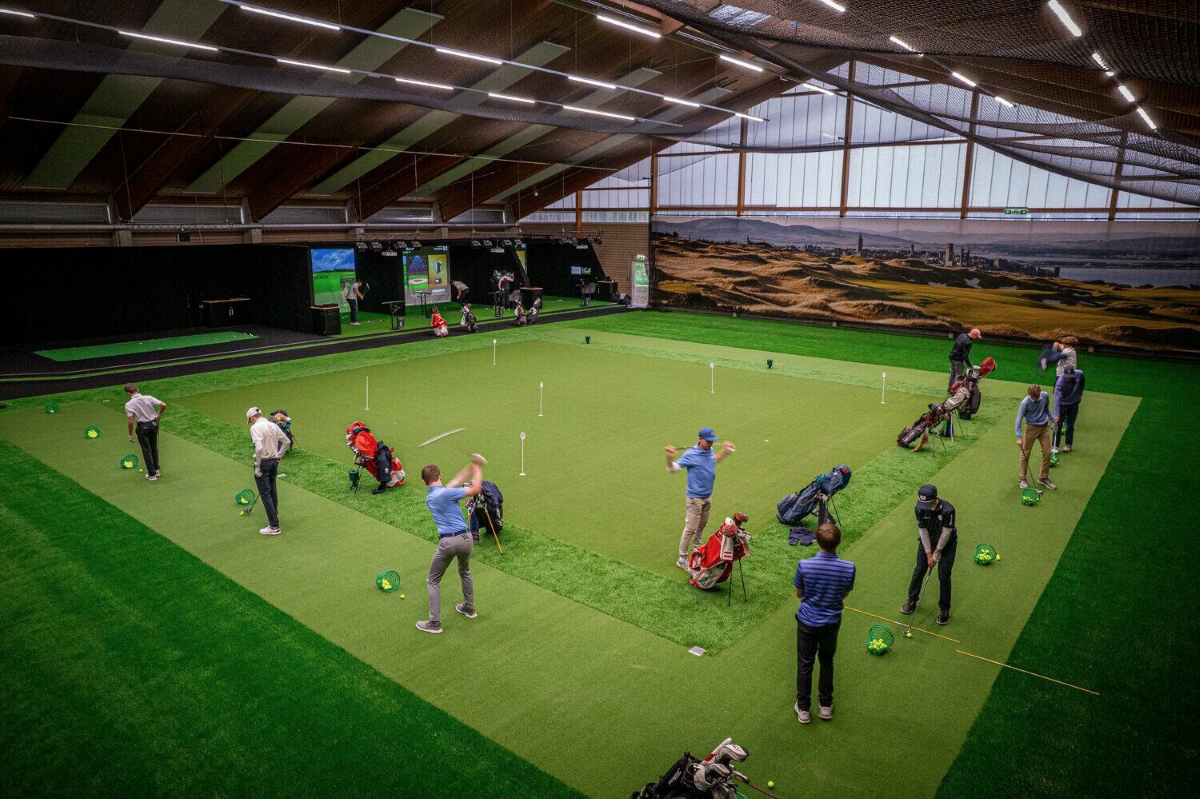
ÖGV Performance Center Fontana PCC
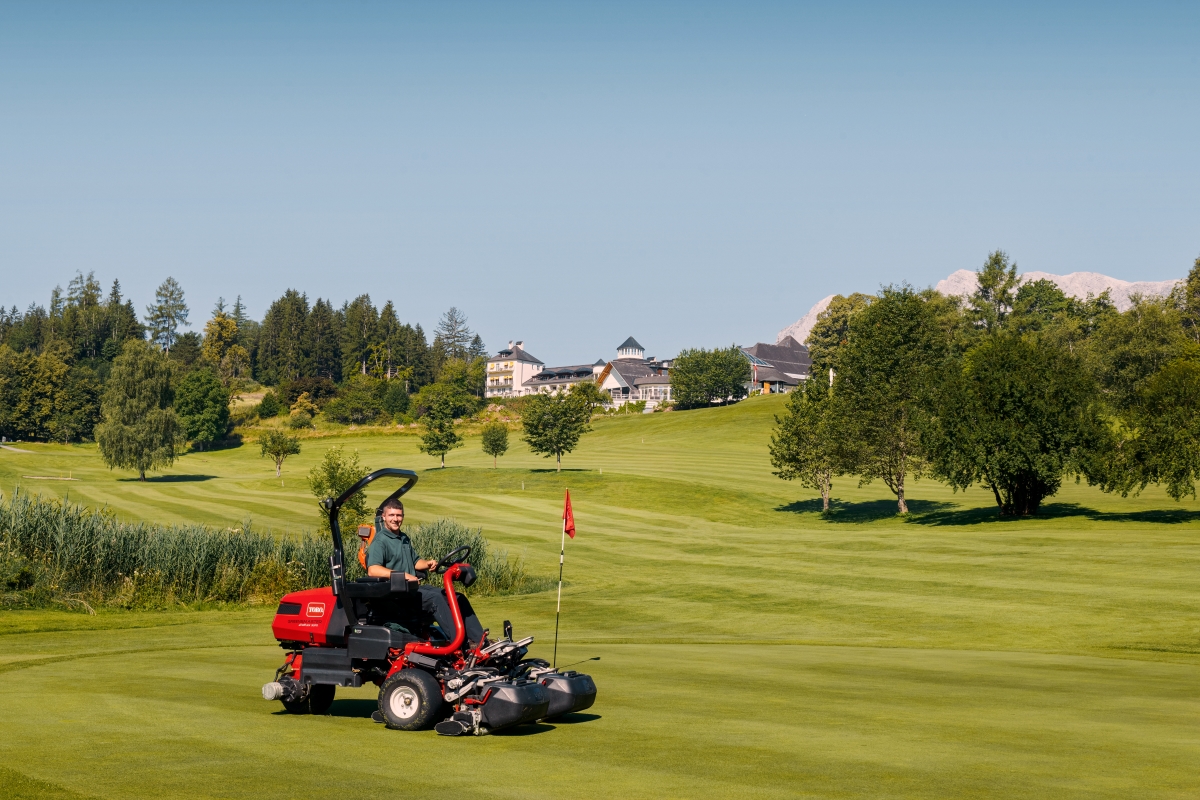
You don’t just design and build golf courses, you also advise the clubs holistically – what does that look like in detail?
That’s right, in addition to our core task of planning / design, we have been advising GC Linz Tillysburg and GC Am Mondsee on all aspects of agronomy / greenkeeping, irrigation systems, machinery and equipment in addition to Pichlarn since 2021 and 2022 respectively. This is done in close cooperation with our internationally renowned partner “TAS – Turf Agronomy & Services” (responsible for greenkeeping before, during and after the two Ryder Cups on the courses in Golf National – Paris and Marco Simone – Rome).
My idea behind this holistic consultancy was and is, firstly, to bring top-level international greenkeeping know-how to Austria and to harmonize our design part with the needs regarding greenkeeping / maintenance, building materials, irrigation, machinery, investment plan, so that one gear meshes with the other, and to be able to offer the best possible service of international class as well as a closely coordinated holistic overall product at all levels for golf clubs of the upper class in Austria.
All this taking into account the comparatively high personnel costs in Austria and in coordination with the resources and financial possibilities of our customers. And the results in Mondsee and Tillysburg prove the success! In Pichlarn, the same team is working with the same approach and the plan this year is to actively tackle the greenkeeping area intensively and lead it to success.
What is happening at the training facilities as part of the redesign?
At the driving range, the tees and tee huts are being redesigned with a performance center, including Trackman® range technology and the construction of a spacious multifunctional short game area / practice area. This will provide top practice facilities for both golfers and golf schools.
The aim is to create a practice area where you can practise all the game situations you would find on a large course – lies, shots, bunkers, slopes, flat and sloping fairways and rough, uphill, downhill, short to long bunker shots, chip & run, lob shots – in a targeted manner. Within a distance of up to 80 meters, the game situations are imitated and replicated so that all shots can be practiced in a compact practice area. Finally, the multifunctional short game area can also be used as an entertaining par 3 compact course.
The practice range will be built on the site of the existing driving range with new tee huts and a performance studio. The alignment will be turned a good 30° to the left in the direction of play, and the outfield with target greens will be redesigned where there used to be a spruce forest in the mire on the left. The detailed work on the outfield of the range is still being coordinated. In terms of location, the range and the short game area in front of it are located in the entrance area to the hotel resort, where we can also set a great visual accent. All in all, one of the flagship projects of the redesign at GCC Schloss Pichlarn.
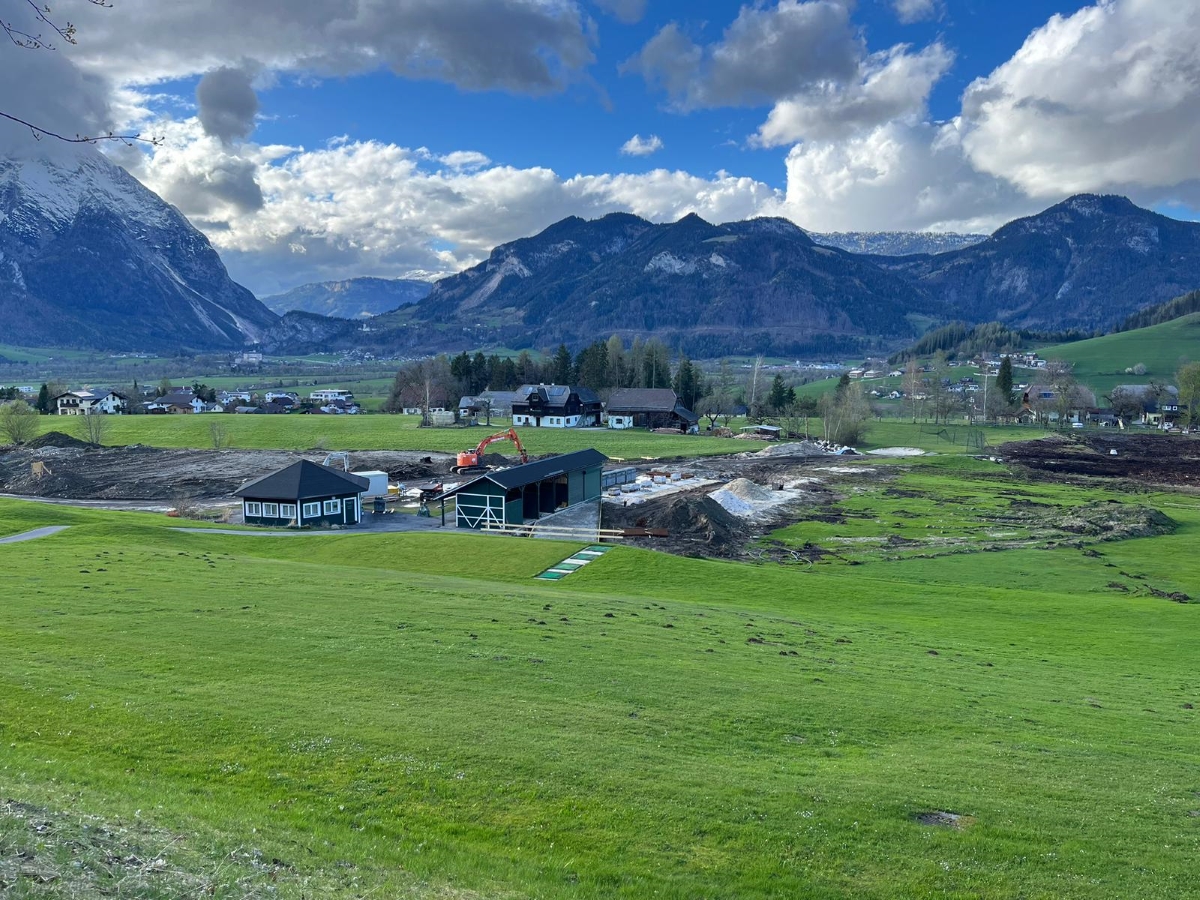
Renovation work on the driving range
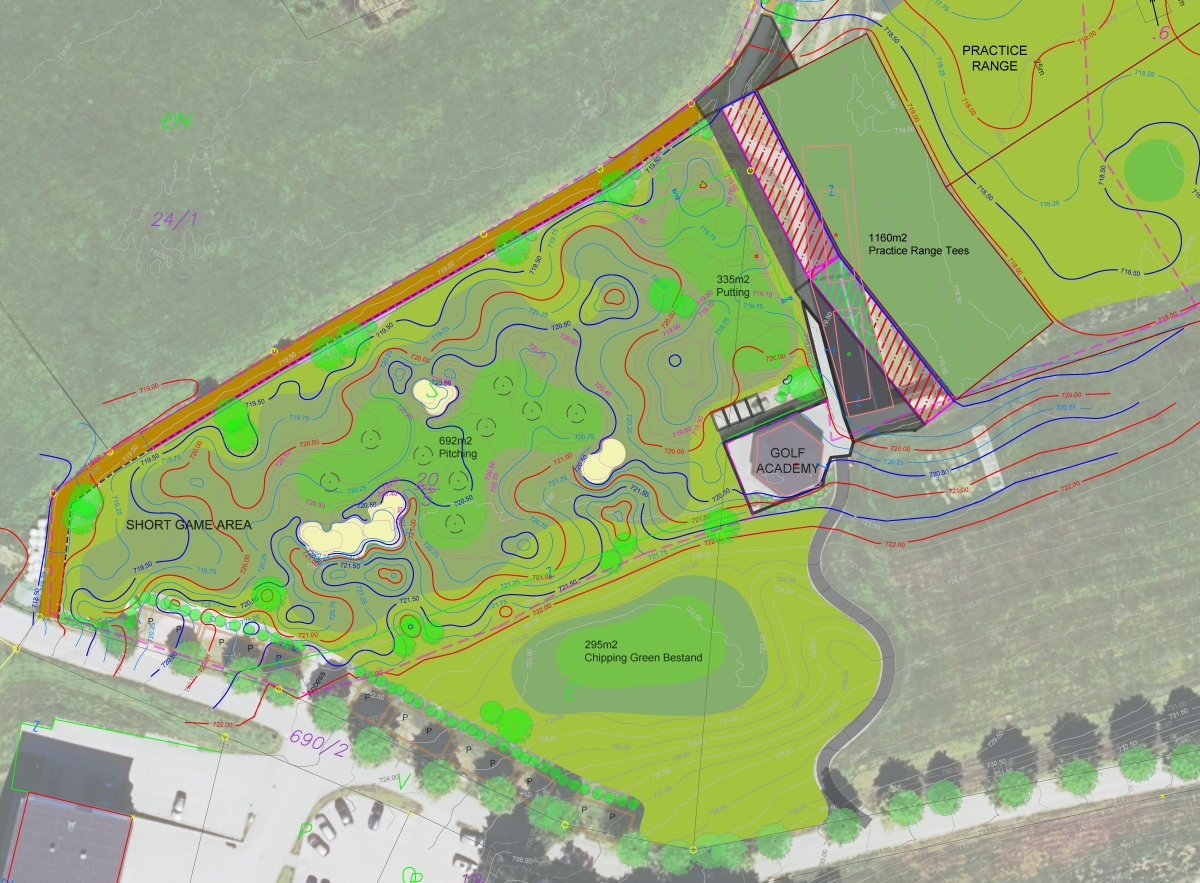
What is the gaming experience like in a short game area?
Golfers can practise the various shot situations from A to B. However, it is also possible to be creative, with or without the guidance of a pro, and find the shots and directions or targets / flags yourself, in consultation with other players on site.
The short game area, covering a total area of 7,800 m², is divided into an existing practice green with 1,600 m² (of which approx. 300 m² green plus surrounding area) and a newly created short game area with approx. 6,200 m². A 700 m² practice green for all approach shots is being created here, complete with 3 bunkers (155 m² in total), garnished with all terrain variations and cutting heights around the practice green, which is relatively long and equipped with many pin positions. We are also creating a dedicated putting green of 335 m2 towards the range. There will be enough space for both individual training and group lessons.
We will also create an opportunity to play this short game area as a par 3 course. This means that you can play a 6 or 9-hole par 3 course on this area, with different flag positions and tee positions (ribbon tees on the fairway). In consultation with the customer, we therefore specify a routing for how this compact course could be played. For example, to finish off a training day with a beer.
Basically, the short game area after the range is also the first opportunity for beginners to “play” real golf without having to go to the big course. For children or people starting out in golf, it is often a huge leap from the range to the 18-hole golf course. And this is where the new short game area helps to bridge the gap.
What does this new practice area mean for the Golf & Country Club Schloss Pichlarn?
A quantum leap! Pichlarn will have state-of-the-art practice facilities. You have the driving range with Trackman® technology and a performance center, the putting green, the chipping green, the multifunctional short game area with integrated short course, and can thus replicate and practice all situations that you find on the course under the motto “every shot imaginable”.
The purpose of this investment in the future is to create a practice area and at the same time a short course format that is second to none, where advanced players and professionals can improve in a targeted manner, beginners and children can be relieved of the inhibition threshold to the large course, and club pros and external pros with groups are offered perfect practice opportunities. And not to forget: a “golf playground” that is fun and brings new people, including hotel guests, to golf!
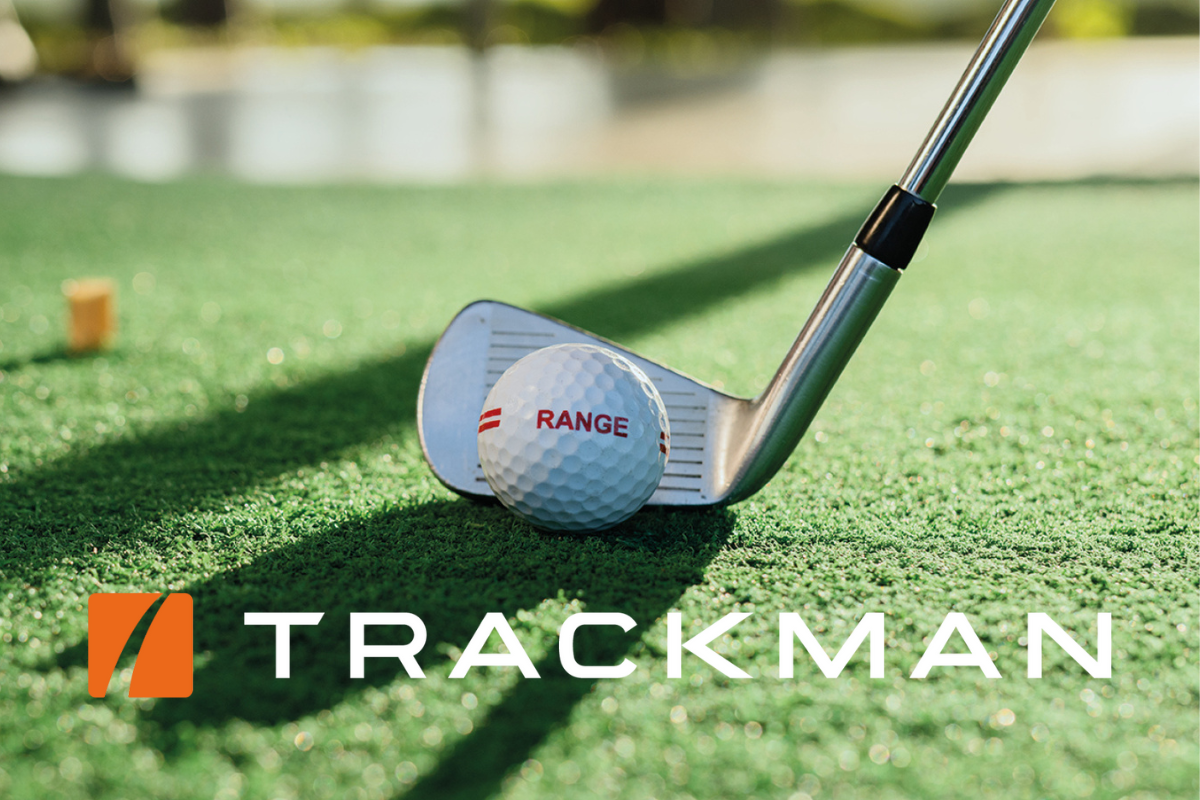
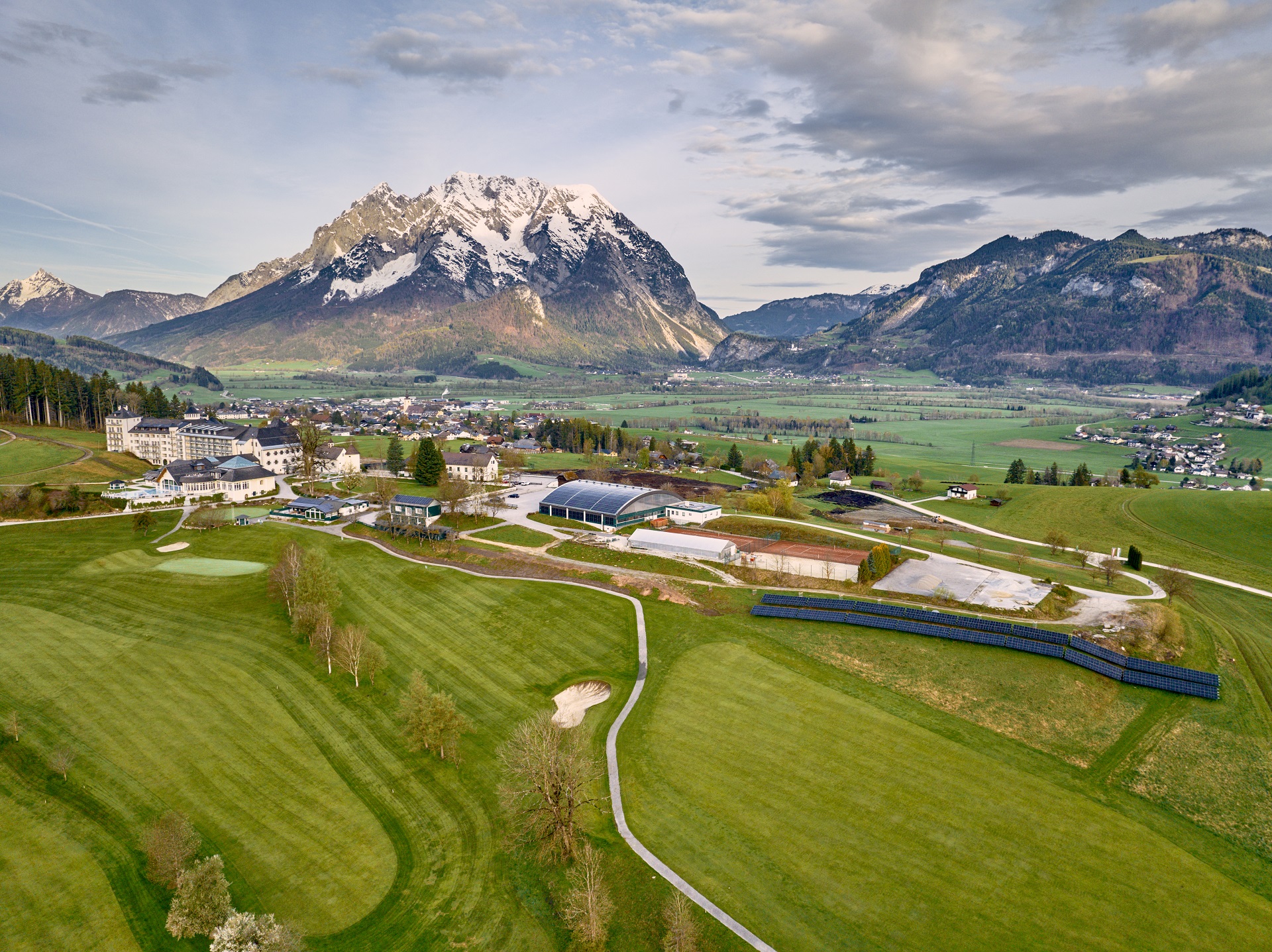
What details do you generally have to pay attention to when redesigning a fairway?
All of them! The field of golf course design is a niche of landscape architecture that requires a myriad of technical solutions, starting with creativity, an understanding of the game of golf and architecture itself, a good knowledge of master and spatial planning, soil science, surveying, agronomy, botany, hydrology, hydraulics and electronics in irrigation and drainage, civil engineering for roads, paths and bridges, … and not forgetting greenkeeping and overall maintenance, as well as communication skills.
Security is always a very important issue. Internal and external safety. The internal safety concerns the golf course itself and the players among themselves as well as the course workers. That players can warn other players in danger if they make a mistake. And good visibility helps here. Or that a protective tree or hedge is planted to prevent players from hitting there or to guide players so that they play in one direction rather than the other. Incidentally, you should always play away from dangerous areas such as houses or roads.
Then it’s also about what climatic conditions, prevailing winds and soil conditions I have, how and where do I get my water supply, how do I ensure good drainage and solid agronomic growing conditions for the turf. I need a minimum slope of 2.5 to 3 % to be able to drain the water on the surface of fairways. Standing water, permanent shade and poor air circulation are fatal, not only for playing but also for the turf itself.
Also that the course is strategic, fair, but still playable – for all levels and ages, from pros to advanced amateurs to older people and children; in other words, also for players with a short hitting distance or low swing speed, while still being exciting. Just as it should also be interesting and challenging for the best players. Of course, all of this involves some glaring contradictions. To be honest, 100% never works here, but the aim is to get as close as possible to the ideal.
How much time do you allow for a golf course project?
From the handshake or start of planning to the opening, we normally expect between 3 and 6 years for the construction of a new facility internationally, if it is not a course in Europe with an EIA procedure. However, one of our projects in France for Catherine Lacoste (daughter of the great Henri Lacoste and herself US Women’s Open Champion 1968 as the only amateur in history to date) is still waiting for the start of construction after 15 years.
With an existing golf course, it always depends on the scope of the work. You can think of the redesign or renovation as building a house. It is much easier to build a new house than to renovate an existing one. In most cases, the golf course is like building a house in that the basic data is missing, e.g. what pipes do we have and where do they run underground? And then finally putting the entire infrastructure together to generate a uniform, functioning system. That’s not always easy.
However, the biggest restriction on an existing golf course, apart from budget and land use/property limits, is usually the ongoing playing operations, which in the best case should be maintained during the season. But the renovation should of course take place outside the season if possible, in late fall or winter; the only problem is that our types of turf need soil temperatures of at least 15° C to grow and a green needs about 3 months to be playable at these temperatures after seeding. Obviously, this inevitably leads to restrictions in play. The trick is to plan construction times and construction logistics carefully.
It is also very important for us to make it clear that in golf course construction you always have to plan and organize from the end (start of play / opening) back to the beginning (start of construction work or planning). When it rains a lot and is damp, there is usually extensive erosion that has to be laboriously repaired. In bad weather conditions, you can’t move earth and you can’t prepare the planting bed for sowing. I also believe that, in addition to professional partners and construction companies, communication and transparency with the customer, the contractors and all other important stakeholders (including club members) are essential for success.
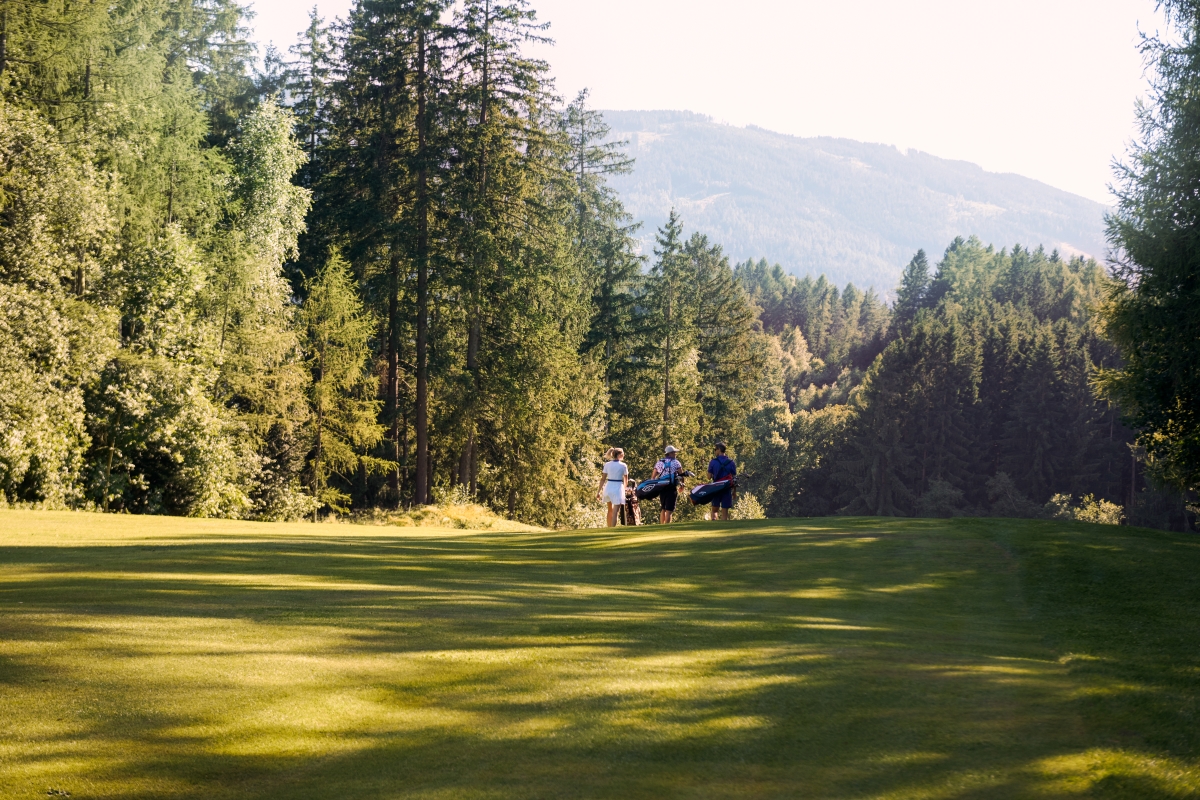
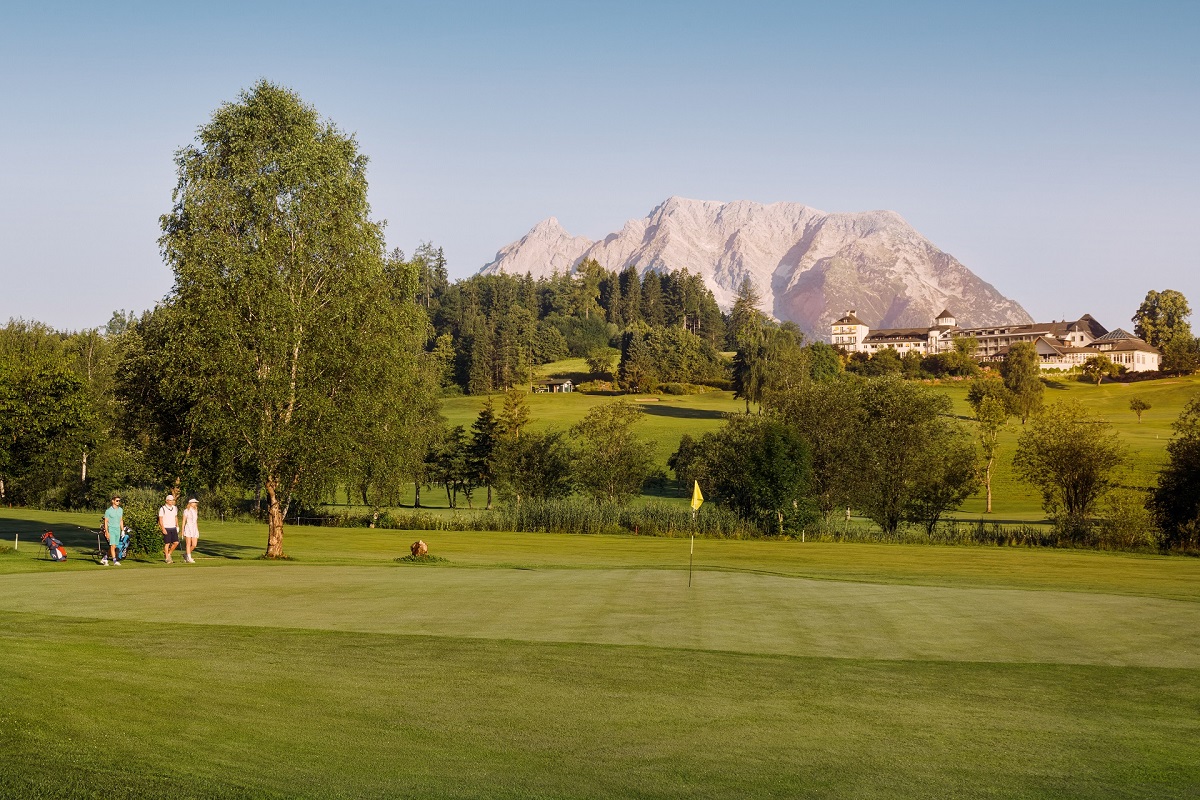
What is the trend in the (re)design of golf courses?
Globally, with the exception of the Arabian Gulf and Asia, the last decade has seen a return to minimalist design and naturalness. A global trend is sustainability, which is often reduced to the environment in the mass media, but which correctly consists of 4 pillars: the ecological, which is almost exclusively talked about, the human, the social and the financial. For us at Olazabal Design, holistic sustainability is not a trend, but has been a necessity and a company philosophy since the very beginning. In terms of ecological sustainability, this primarily concerns the reduction of intensively maintained lawn areas, indigenous plants in landscaping, lean meadows and alternating wet biotopes instead of fat meadows and monocultures, the use of local materials and resource management in every respect from planning to construction and, of course, maintenance. One trend, for example, is electrically powered maintenance machines.
By far the biggest issue at international level, however, is the availability and careful use of water! This basically means reducing irrigated lawns to the necessary minimum. While in Germany, watering is done with drinking water or groundwater, in Spain it has been a must for years to use water from sewage treatment plants. While farmers in Italy are still fighting tooth and nail against this, in France it was even forbidden until recently to use recycled sewage water in agriculture and on golf courses. But things are changing here. And in Qatar on our course – Education City Golf Club – we already used sewage water years ago that was previously sent unused into the sea.
In addition, there is a major global trend towards top practice facilities and short game formats, i.e. entertaining compact golf courses, par 3 courses, putting courses and Himalayan greens. Not only, but also due to people’s many leisure activities nowadays and the associated lack of time.
Lighting is another trend to make playing at night possible. Artificial turf is also on the rise, even if, unfortunately, many golfers are not yet ready for it.
And finally, in addition to entertainment (such as TopGolf Ranges), there is a huge trend towards indoor golf, performance centers, simulation and virtual golf, technical tools and gadgets: from Trackman to Foresight, TruGolf, Zen Green Stage, PuttView, Gears, Sam PuttLab, etc. Indoor golf, simulation and golf in smaller spaces are becoming increasingly popular. The facilities we create, including training analyzers and simulators, are suitable for both the top golf pro and the average player among us. Of course, they need a bit of guidance on how to interpret and use the data well, but every golfer can then use the data provided by such a simulation (angle of impact, shot distance, ball flight) to improve themselves. This is interesting for everyone and good simulation golf is fun, quick and comes very close to playing golf in real life. Incidentally, a golf simulator can also be combined with other sports games such as soccer, baseball, bowling, ice hockey, soccer and disc golf as well as with Wild West shooting etc. in a multifunctional and very fun way.